Optimizing and accelerating image processing with AI helps conservation experts safeguard seabird nesting sites on Robinson Crusoe Island.
Around the world, biodiversity is under threat. We are now in what many scientists call the sixth mass extinction—and over the last century, hundreds of species of plants and animals have been lost forever.
Island ecosystems can be particularly vulnerable to human activity. On Robinson Crusoe Island in the South Pacific Ocean, native seabirds such as the pink-footed shearwater are easy prey for an invasive species: the South American coati. Introduced to the island by humans almost a century ago, coatis are housecat-sized mammals in the same family as racoons, which hunt for shearwaters in their nesting sites throughout the island.
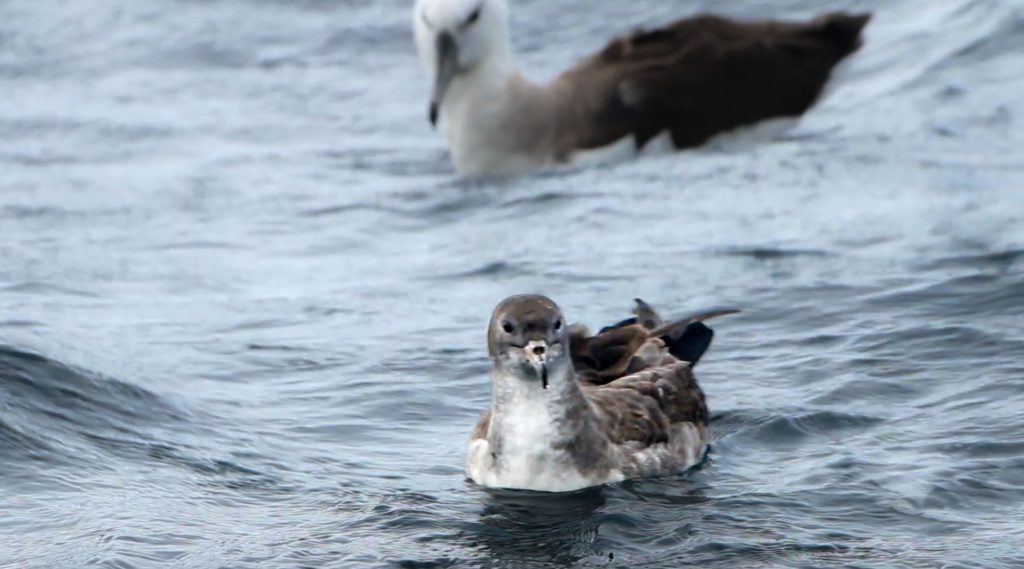
Protecting island ecosystems
Leading the fight against invasive species on Robinson Crusoe Island is Island Conservation: an international non-profit organization that restores island ecosystems to benefit wildlife, oceans, and communities. For many years, Island Conservation has been working side by side with island residents to help protect threatened and endangered species.
For Island Conservation, physically removing invasive coatis from shearwater nesting sites is only part of the challenge. To track coati activity, the organization also carefully monitors shearwater nesting sites using more than 70 remote camera traps.
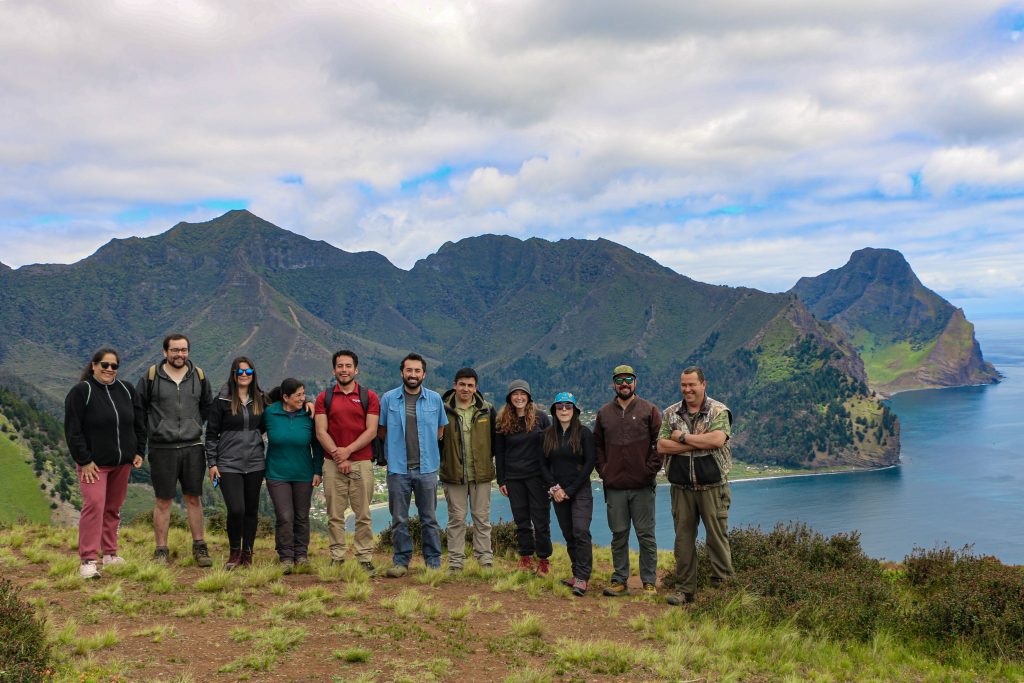
Processing thousands of images a month
The organization’s camera traps generate a massive amount of data—around 140,000 images every month—which must be collected and analyzed for signs of coati activity. In the past, the Island Conservation team relied heavily on manual processes to perform this task. To classify 10,000 images would take a trained expert roughly eight hours of non-stop work.
What’s more, manual processing diverted valuable resources away from Island Conservation’s vital work in the field. The organization knew that there had to be a better way.
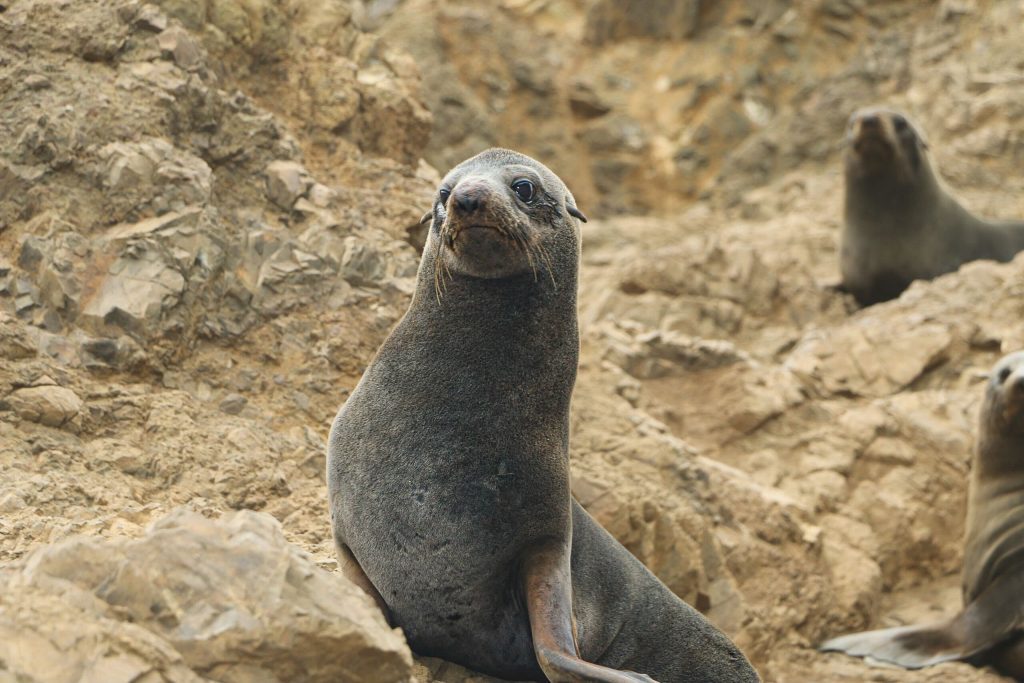
Realizing the potential of machine learning
David Will, Head of Innovation at Island Conservation, recalls the challenge: “We started experimenting with machine learning [ML] models to accelerate image processing. We were convinced that automation was the way to go, but one of the big challenges was connectivity. Many of the ML solutions we looked at required us to move all of our photos to the cloud for processing. But on Robinson Crusoe Island, we just didn’t have a reliable enough internet connection to do that.”
As a temporary workaround, Island Conservation saved its camera trap images to SD cards and airmailed them to Santiago de Chile, where they could be uploaded to the cloud for processing. While airmail was the fastest and most frequent link between the island and the mainland, the service only ran once every two weeks—and there was a lag of up to three months between a camera trap capturing an image and Island Conservation receiving the analysis.
David Will comments: “The time between when we detected an invasive species on a camera and when we were able to respond meant we didn’t have enough time to make the kind of decisions we needed to make to prevent extinctions on the island.”
Tackling infrastructure challenges
That’s when Lenovo entered the frame. Funded by the Lenovo Work for Humankind initiative with a mission to use technology for good, a global team of 16 volunteers traveled to the island. Using Lenovo’s smarter technology from devices to software, IT services to servers, the volunteers were able to do their own day jobs while volunteering to help upgrade the island’s networking infrastructure: boosting its bandwidth from 1 Mbps to 200 Mbps.
Robinson Crusoe Island is plagued with harsh marine conditions with limited access. They needed a sturdy system that brings compute to the data and allows remote management. The solution was Lenovo’s ThinkEdge SE450 with NVIDIA® A40 GPUs. The AI-optimized edge server provided a rugged design capable of withstanding extreme conditions while running quietly, allowing it to live comfortably in the new remote workspace. Lenovo worked with Island Conservation to tailor the server to its needs, adding additional graphics cards to increase the AI processing capability per node. “We took the supercomputer capability they had in Santiago and brought that into a form factor that is much smaller,” says Charles Ferland, Vice President and General Manager of Edge Computing at Lenovo.
The ThinkEdge SE450 eliminated the need for on-site technicians. Unlike a data center, which needs staff on-site, the ThinkEdge server could be monitored and serviced remotely by Lenovo team members. It proved to be the perfect solution. The ThinkEdge server allows for full remote access and management of the device speeding up decisions from a matter of months to days.
David Will comments, “Lenovo helped us run both the A40s at the same time immensely speeding up processing, something we previously couldn’t do. It has worked tremendously well and almost all of our processing to-date has been done on the ThinkEdge SE450.”
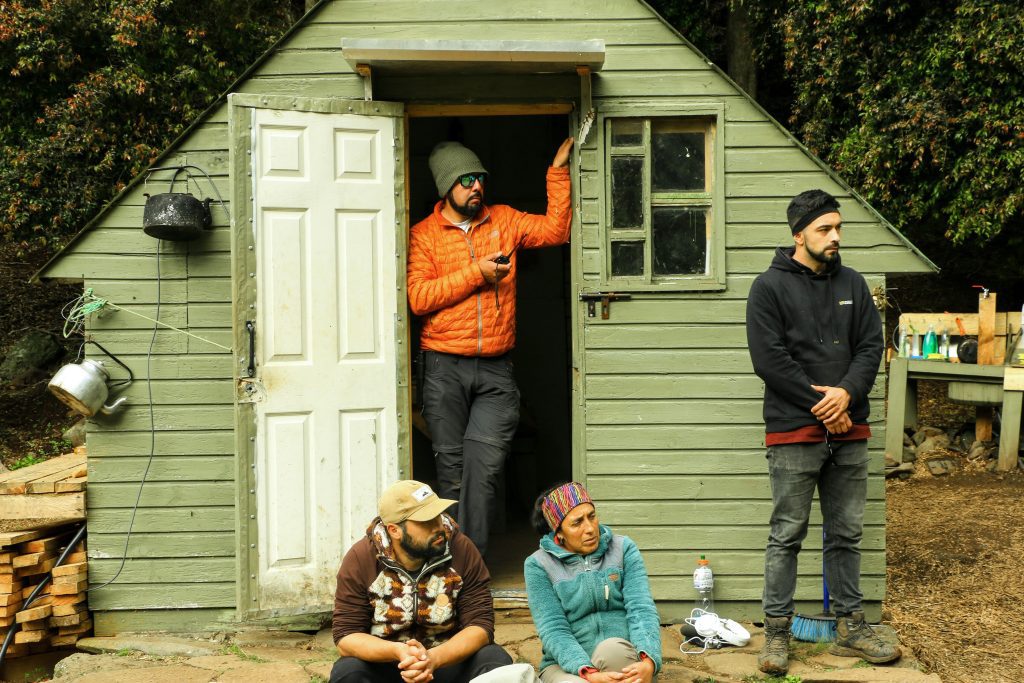
Unleashing the power of automation
To automate both the detection and classification of coatis, Lenovo data scientists from the AI Center of Excellence built a custom AI script to detect and separate out the results for coatis and other species from MegaDetector—an open-source object detection model that identifies animals, people, and vehicles in camera trap images. Next, Lenovo data scientists trained an ML model on a custom dataset to give a multi-class classification result for nine species local to Robinson Crusoe Island, including shearwater and coatis.
This two-step GPU-enabled detector-and-classifier pipeline can provide results for 24,000 camera trap images in just one minute. Previously, this would have taken a trained expert twenty hours of labor—an astonishing 99.9% time saving. The model achieved 97.5% accuracy on a test dataset with approximately 400 classifications per second. Harnessing the power of NVIDIA’s CUDA enabled GPUs allowed us to have a 160x speedup on MegaDetector compared to the previous implementation.
Sachin Gopal Wani, AI Data Scientist at Lenovo, comments: “Delivering a solution that is easily interpretable by the user is a crucial part of our AI leadership. I made a custom script that generates outputs compatible with TimeLapse—a software the conservationists use worldwide to visualize their results. This enabled much faster visualization for a non-technical end-user without storing additional images. Our solution allows for the results to load with the original images overlapped with classification results, saving terabytes of disk space.”
With these ML capabilities, Island Conservation can filter out images that do not contain invasive species with a high degree of certainty. Using its newly upgraded internet connection, the organization can upload images of coati activity to the cloud, where volunteers on the mainland evaluate the images and send recommendations to the island rapidly.
“Using ML, we can expedite image processing, get results in minutes, and cut strategic decision time from three months to a matter of weeks,” says David Will. “This shorter response time means more birds protected from direct predation and faster population recovery.”
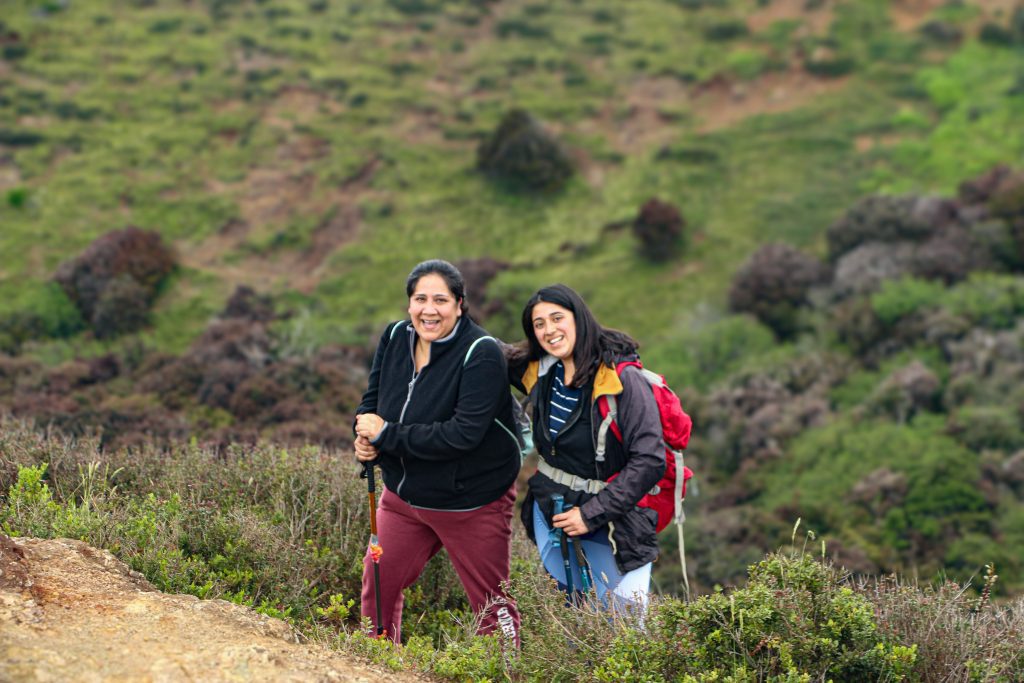
Looking to the future
Looking ahead, Island Conservation plans to continue its collaboration with the Lenovo AI Center of Excellence to develop Gen AI to detect other types of invasive species, including another big threat to native fauna: rodents.
“With Lenovo’s support, we’re now seeing how much easier it is to train our models to detect other invasive species on Robinson Crusoe Island,” says David Will. “Recently, I set up a test environment to detect a new species. After training the model for just seven hours, we recorded 98% detection accuracy—an outstanding result.”
As the project scope expands, Island Conservation plans to use more Lenovo ThinkEdge SE450 devices with NVIDIA A40 GPUs for new projects across other islands. Lenovo’s ThinkEdge portfolio has been optimized for Edge AI inferencing, offering outstanding performance and ruggedization to securely process the data where it’s created.
Backed by Lenovo and NVIDIA technology, Island Conservation is in a stronger position than ever to protect native species from invasive threats.
David Will says: “In many of our projects, we see that more than 30% of the total project cost is spent trying to remove the last 1% of invasives and confirm their absence. With Lenovo, we can make decisions based on hard data, not gut feeling, which means Island Conservation takes on new projects sooner.”
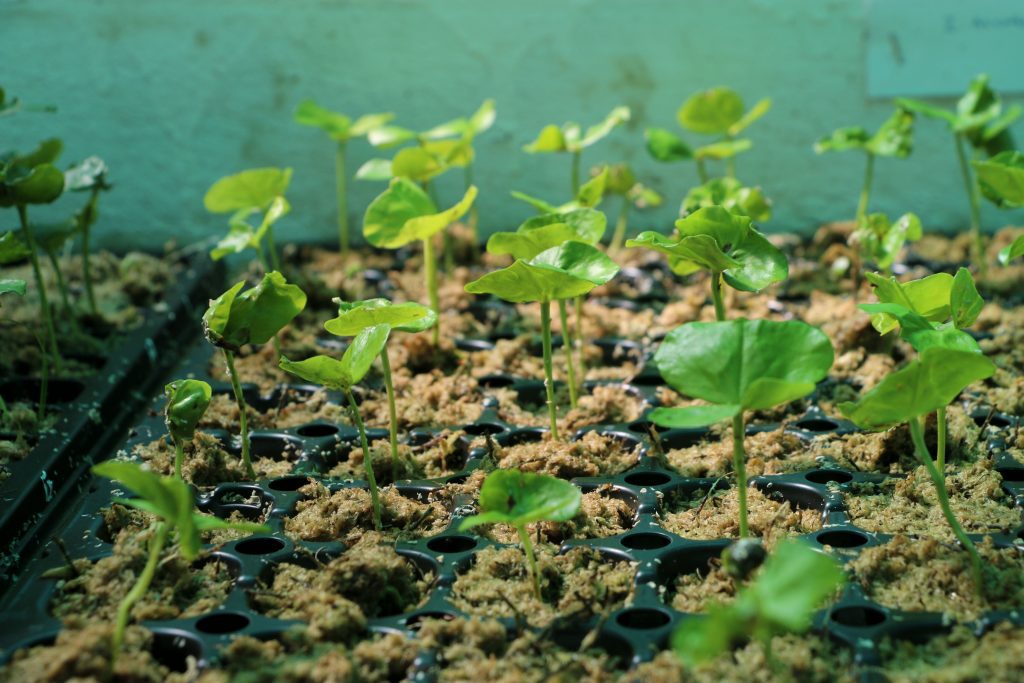
Healing our oceans
Island Conservation’s work with Lenovo on Robinson Crusoe Island will serve as a blueprint for future activities. The team plans to repurpose the AI application to detect different invasive species on different islands around the world— from the Caribbean to the South and West Pacific, the Central Indian Ocean, and the Eastern Tropical Pacific—with the aim of saving endangered species, increasing biodiversity, and increasing climate resilience.
In fact, Island Conservation, Re:wild, and Scripps Institution of Oceanography recently launched the Island-Ocean Connection Challenge to bring NGOs, governments, funders, island communities, and individuals together to begin holistically restoring 40 globally significant island-ocean ecosystems by 2030.
“Everything is interconnected in what is known as the land-and-sea cycle,” says David Will. “Healthy oceans depend on healthy islands. Island and marine ecosystem elements cycle into one another, sharing nutrients vital to the plants and animals within them. Indigenous cultures have managed resources this way for centuries. Climate change, ocean degradation, invasive species, and biodiversity loss are causing entire land-sea ecosystems to collapse, and island communities are disproportionately impacted.”
The Island-Ocean Connection Challenge marks the dawn of a new era of conservation that breaks down artificial silos and is focused on holistic restoration.
David Will concludes: “Our collective effort, supported by Lenovo and NVIDIA, is helping to bridge the digital divide on island communities, so they can harness cutting-edge technology to help restore, rewild, and protect their ecosystems, and don’t get further left behind by AI advances.”
Get involved today at www.jointheiocc.org.
To read the Lenovo case study on Island Conservation, click here. Or to watch the Lenovo case study video, click here.
